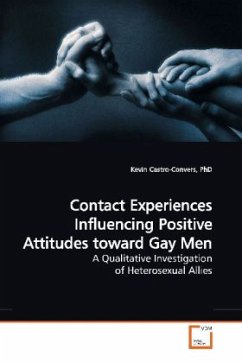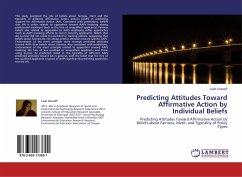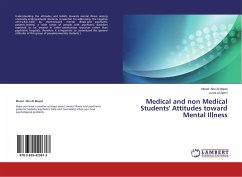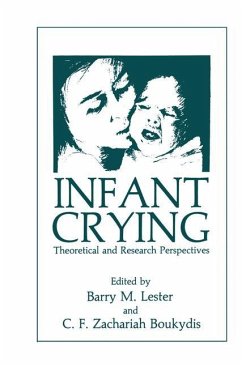
Counselor's attitudes toward crying and their emotional intelligence
An exploration in emotional expression
Versandkostenfrei!
Versandfertig in 6-10 Tagen
39,99 €
inkl. MwSt.

PAYBACK Punkte
20 °P sammeln!
Tears have been described as a language that transcends words. Crying is a response that all people have in common and is one of the most powerful demonstrations of emotional expression. Individuals in helping professions such as nurses, psychologists, and counselors may be vulnerable to a wide variety of emotionally charged situations. Counselor''s encounter a wide variety of emotionally charged situations which might be uncomfortable and unpleasant, and as a result, influence his or her effectiveness during a counseling session. The premise of this book is in part to debunk the myth that tea...
Tears have been described as a language that
transcends words. Crying is a response that all
people have in common and is one of the most
powerful demonstrations of emotional expression.
Individuals in helping professions such as nurses,
psychologists, and counselors may be vulnerable to a
wide variety of emotionally charged situations.
Counselor''s encounter a wide variety of emotionally
charged situations which might be uncomfortable and
unpleasant, and as a result, influence his or her
effectiveness during a counseling session. The
premise of this book is in part to debunk the myth
that tears and crying in general are a sign of
weakness and always inappropriate. The professional
helper, when tearing up out of a genuine empathic
response, can be a legitimate therapeutic response
and form of communicating through emotional
expression to strengthen the therapeutic alliance.
transcends words. Crying is a response that all
people have in common and is one of the most
powerful demonstrations of emotional expression.
Individuals in helping professions such as nurses,
psychologists, and counselors may be vulnerable to a
wide variety of emotionally charged situations.
Counselor''s encounter a wide variety of emotionally
charged situations which might be uncomfortable and
unpleasant, and as a result, influence his or her
effectiveness during a counseling session. The
premise of this book is in part to debunk the myth
that tears and crying in general are a sign of
weakness and always inappropriate. The professional
helper, when tearing up out of a genuine empathic
response, can be a legitimate therapeutic response
and form of communicating through emotional
expression to strengthen the therapeutic alliance.












